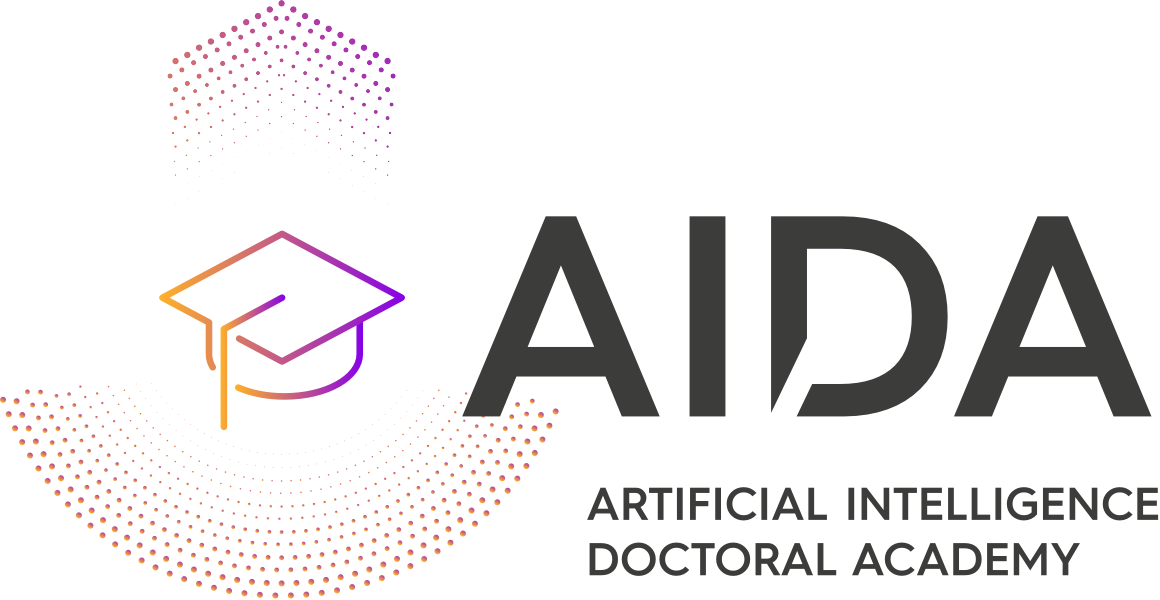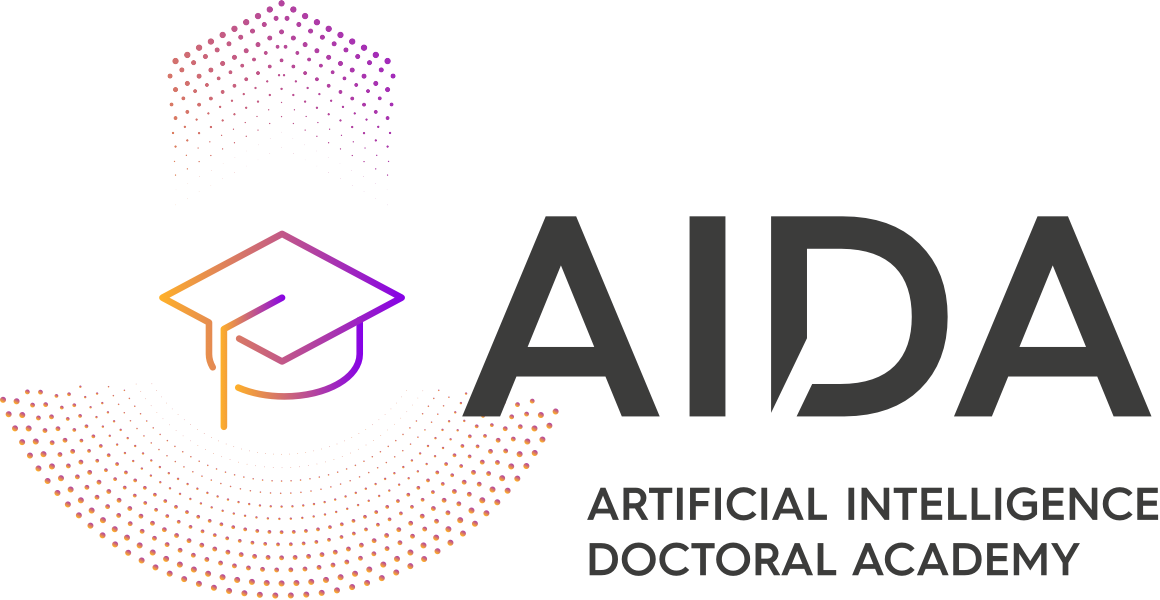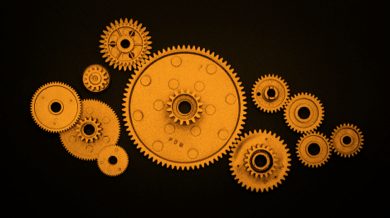Computational representation of everyday emotional states is a challenging task and, arguably, one of the most fundamental for affective computing. Standard practice in emotion annotation is to ask people to assign a value of intensity or a class value to each emotional behavior they observe. Psychological theories and evidence from multiple disciplines including neuroscience, economics and artificial intelligence, however, suggest that the task of assigning reference-based values to subjective notions is better aligned with the underlying representations. This paper draws together the theoretical reasons to favor ordinal labels for representing and annotating emotion, reviewing the literature across several disciplines. We go on to discuss good and bad practices of treating ordinal and other forms of annotation data and make the case for preference learning methods as the appropriate approach for treating ordinal labels. We finally discuss the advantages of ordinal annotation with respect to both reliability and validity through a number of case studies in affective computing, and address common objections to the use of ordinal data. More broadly, the thesis that emotions are by nature ordinal is supported by both theoretical arguments and evidence, and opens new horizons for the way emotions are viewed, represented and analyzed computationally.
Archives: Resources
Resource description
Experience Driven Content Generation
Procedural content generation (PCG) is an increasingly important area of technology within modern human-computer interaction (HCI) design. Personalization of user experience via affective and cognitive modeling, coupled with real-time adjustment of the content according to user needs and preferences are important steps toward effective and meaningful PCG. Games, Web 2.0, interface, and software design are among the most popular applications of automated content generation. The paper provides a taxonomy of PCG algorithms and introduces a framework for PCG driven by computational models of user experience. This approach, which we call Experience-Driven Procedural Content Generation (EDPCG), is generic and applicable to various subareas of HCI. We employ games as an example indicative of rich HCI and complex affect elicitation, and demonstrate the approach’s effectiveness via dissimilar successful studies.
Artificial Intelligence and Games Textbook
This book aims to be the first comprehensive textbook on the application and use of artificial intelligence (AI) in, and for, games. Our hope is that the book will be used by educators and students of graduate or advanced undergraduate courses on game AI as well as game AI practitioners at large.
Stereotypes in Language & Computational Language Models
Combined knowledge from linguistics, psychology, and natural language processing. In one project they study whether and how generic sentences — which typically express (perhaps stereotypical) generalisations — should be interpreted, and whether corresponding implicit generalisations can be found in computational language models trained by (huge) linguistic corpora. In the other project, the main object of… Continue reading Stereotypes in Language & Computational Language Models
Understanding and mitigating bias in AI automated systems
“The AI community has been focusing on developing fixes for harmful bias and discrimination, through so-called ‘debiasing algorithms’ that either try to fix data for known or expected biases, or constrain the outcomes of a given predictive model to produce ‘fair’ outcomes. We argue that creating more AI solutions to fix harmful biases in data… Continue reading Understanding and mitigating bias in AI automated systems
Building Cultural AI
“Biases in data can be both explicit and implicit. A simple two-word phrase can carry strong contestations, and entire research fields, such as post-colonial studies, are devoted to them. However, these sometimes subtle (and sometimes not so subtle) differences in voice are as yet not often found in the results of automatic analyses or datasets… Continue reading Building Cultural AI



